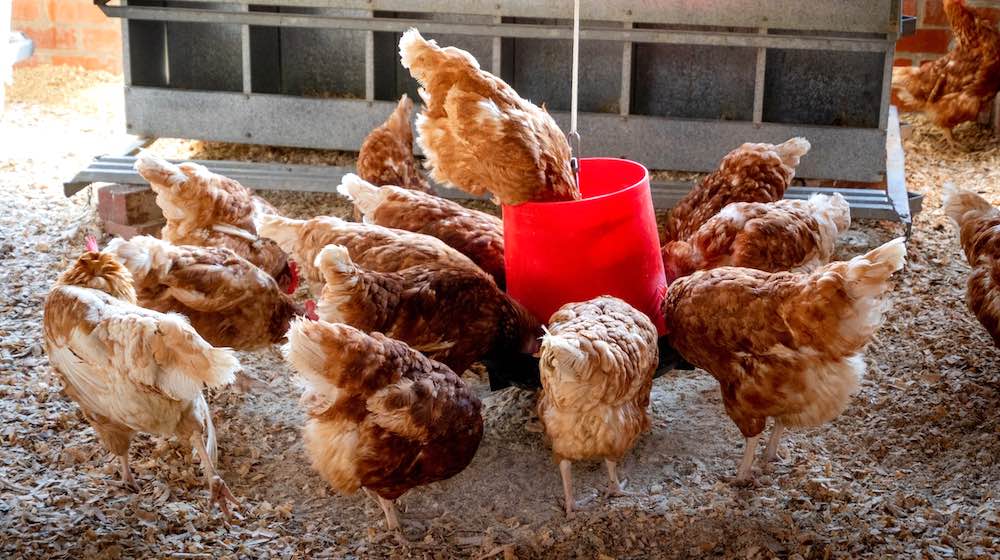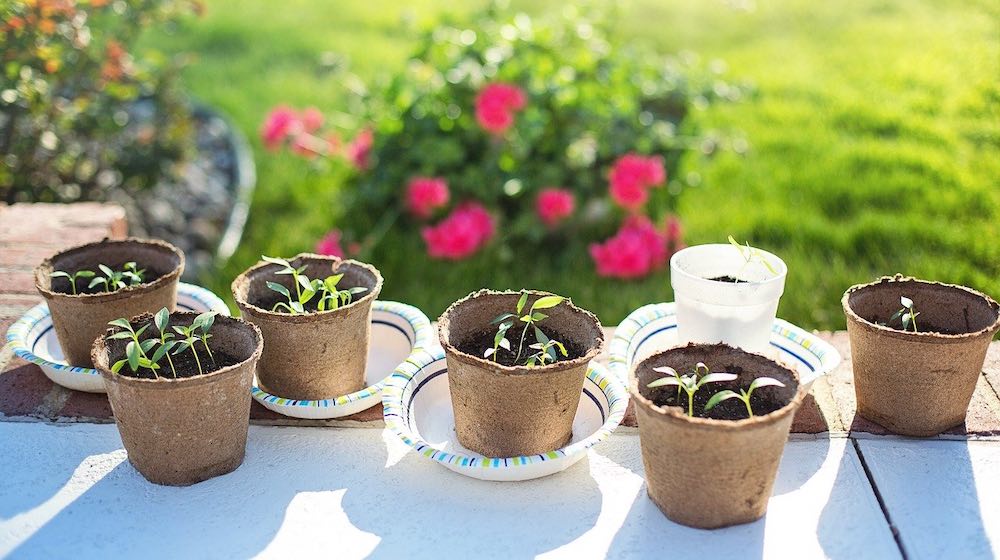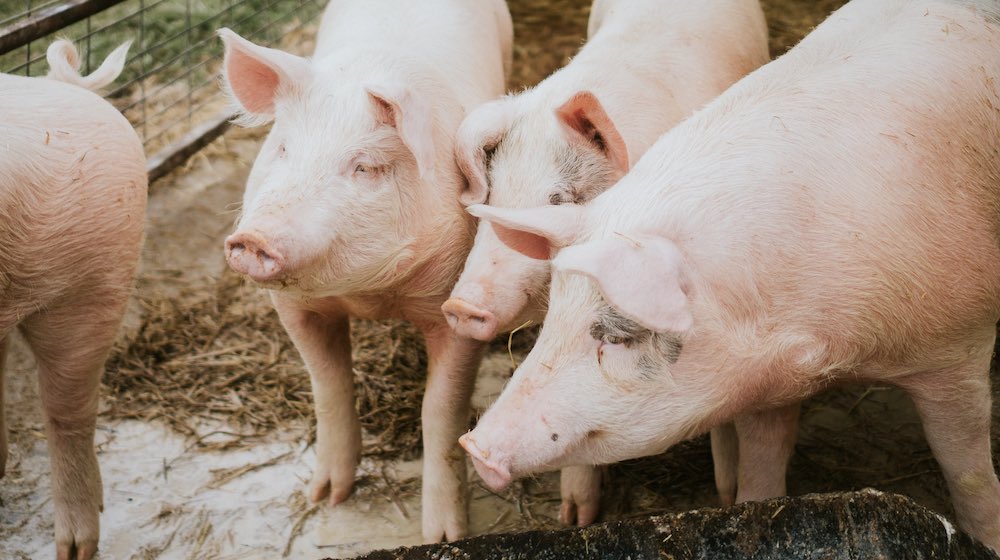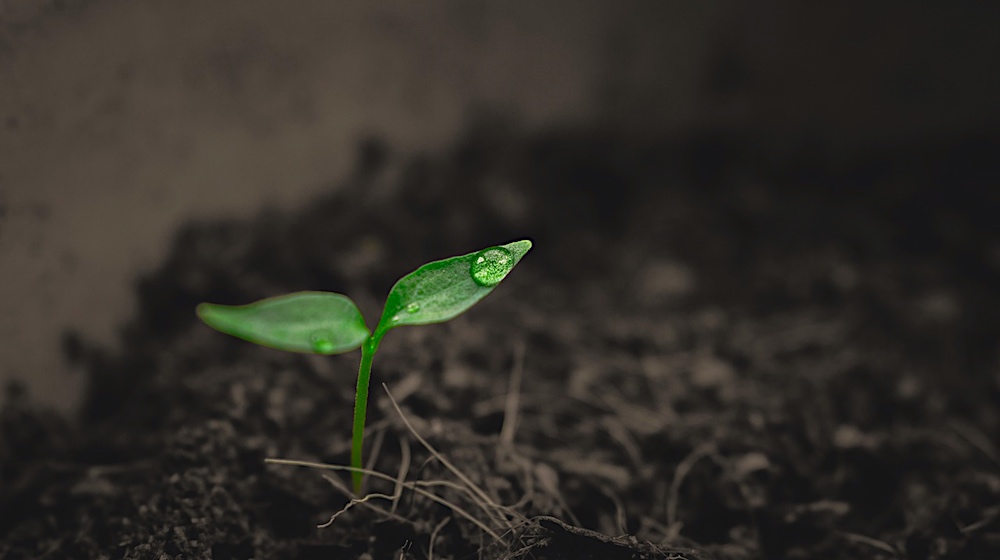21 Repurposed Furniture Projects In Time For Father’s Day tallest) { tallest = thisHeight; } }); group.height(tallest); } equalHeight($(“.dg-grid-shortcode .dg_grid-shortcode-col”)); $(window).resize(function() { equalHeight($(“.dg-grid-shortcode .dg_grid-shortcode-col”)); }); }); ]]> Sorry, this product is unavailable. Please choose a different combination. ]]>
How to Build Your Own Homestead Pallet Chicken Coop on a Budget
How to Build Your Own Homestead Pallet Chicken Coop on a Budget tallest) { tallest = thisHeight; } }); group.height(tallest); } equalHeight($(“.dg-grid-shortcode .dg_grid-shortcode-col”)); $(window).resize(function() { equalHeight($(“.dg-grid-shortcode .dg_grid-shortcode-col”)); }); }); ]]> Sorry, this product is unavailable. Please choose a different combination. ]]>
Recipe of the Week: Fruit or Berry Cobbler Cupcakes
The following recipe for Fruit or Berry Cobbler Cupcakes is from SurvivalBlog reader Mike in Alaska. It is his variant of a recipe that he found elsewhere. Note: This recipe was originally developed for use with peaches or nectarines. It will also work for many types of berries.
Ingredients
- 1 1/2 c. flour
- 1 1/4 tsp. baking powder
- 1/4 tsp. baking soda
- 1/2 c. unsalted butter, at room temperature
- 3/4 c. brown sugar
- 1/4 c. white sugar
- 2 eggs
- 1/2 c. sour cream
- 1 tsp. vanilla
- 1 1/4 c. ripe fruit or berries, chopped.
Directions
- Pre-heat your oven to 350 F.
- With a fork, whisk flour, baking powder, and baking soda in a bowl, and set that aside.
- Beat butter and the two sugars in a large bowl for 1 minute until light and fluffy.
- Beat in the eggs, sour cream, and vanilla until blended.
- Mix in the flour mixture that you set aside.
- Fold in the fruit.
- Fill cupcake liners or greased tins half full.
- Bake at 350 degrees F for approx. 25 minutes or until a test toothpick comes out of cupcake clean.
SERVING And STORAGE
Can be served after slight cooling. These will keep in a refrigerator for a day or two, but there are usually none left over!
—
Do you have a well-tested recipe that would be of interest to SurvivalBlog readers? In this weekly recipe column, we place emphasis on recipes that use long-term storage foods, recipes for wild game, dutch oven recipes, slow cooker recipes, and any recipes that use home garden produce. If you have any favorite recipes, then please send them via e-mail. Thanks!
Complete Guide on How Often to Water Seedlings
Complete Guide on How Often to Water Seedlings | 7 Effective Tips tallest) { tallest = thisHeight; } }); group.height(tallest); } equalHeight($(“.dg-grid-shortcode .dg_grid-shortcode-col”)); $(window).resize(function() { equalHeight($(“.dg-grid-shortcode .dg_grid-shortcode-col”)); }); }); ]]> Sorry, this product is unavailable. Please choose a different combination. ]]>
How to Make Pig Feed Straight From Your Homestead
How to Make Pig Feed Straight From Your Homestead | Homesteading tallest) { tallest = thisHeight; } }); group.height(tallest); } equalHeight($(“.dg-grid-shortcode .dg_grid-shortcode-col”)); $(window).resize(function() { equalHeight($(“.dg-grid-shortcode .dg_grid-shortcode-col”)); }); }); ]]> Sorry, this product is unavailable. Please choose a different combination. ]]>
Beyond Crisis: The Ratchet Effect and the Erosion of Liberty
The Constitution “is not a suicide pact,” said Justice Arthur Goldberg in the court’s opinion in the 1963 Supreme Court case of Kennedy v. Mendoza-Martinez. His statement highlights a fundamental truth: in times of crisis, governments often feel compelled to take extraordinary measures to protect their citizens and maintain order.
However, this desire to act swiftly and decisively can lead down a perilous path where the expansion of government power becomes a seemingly irreversible process. Welcome to the world of the ratchet effect.
What Is the Ratchet Effect?
This phenomenon gets its name from the mechanical device called a ratchet, which allows motion in one direction only. Just as a ratchet prevents backward movement, the ratchet effect ensures that government power advances inexorably, never retreating to previous levels.
The ratchet effect theory, as popularized by Robert Higgs in his book Crisis and Leviathan, refers to the tendency of governments to respond to crises by implementing new policies, regulations, and laws that significantly enhance their powers. These measures are typically presented as temporary solutions to address specific problems. However, in history, these measures often outlast their intended purpose and become a permanent part of the legal landscape.
The Ratchet Effect in Action
The USA PATRIOT Act, enacted in response to the 9/11 attacks, exemplifies this trend. Intended to enhance national security, it granted sweeping new powers to intelligence agencies, including authorizing “sneak and peek” searches under Section 213. These types of searches allowed delayed notification of search warrants, permitting law enforcement to secretly enter private premises without immediately informing the owner, raising Fourth Amendment concerns.
The act also greatly expanded the definition of “domestic terrorism” to include activities that seem intended to influence government policy through intimidation or coercion, without requiring evidence of actual violence. This broadened definition gave law enforcement enhanced leeway to investigate activist groups engaged in nonviolent advocacy and protest activities.
Yet, despite the lapse of two decades since 9/11, these provisions persist, normalizing extraordinary intrusions into privacy. This illustrates how emergency measures can become entrenched through the ratchet effect, as the ongoing fear of terrorism fossilizes exceptions to civil liberties into standard practice long after the initial crisis has passed.
Similarly, the 2008 global financial crisis prompted governments worldwide to impose rigorous regulatory frameworks on financial institutions. Although conceived as stopgap measures, these restrictions have proven remarkably durable, constraining economic growth and innovation. The specter of another devastating crash continues to justify the existence of these restrictions, disregarding the adverse effects on entrepreneurship and personal autonomy.
More recently, the covid-19 pandemic has brought the ratchet effect back into sharp focus. Governments have instituted a range of controls to contain the virus, from lockdowns and travel restrictions to mask mandates and vaccination requirements. While some of these measures—it could be argued—may have been appropriate in the short term, their prolonged implementation raises concerns about creeping authoritarianism. As fear and uncertainty persist, there is a growing risk that these temporary…
Zesty, Refreshing Raspberry Jam Recipe for Sweeter Breakfasts
Zesty, Refreshing Raspberry Jam Recipe for Sweeter Breakfasts tallest) { tallest = thisHeight; } }); group.height(tallest); } equalHeight($(“.dg-grid-shortcode .dg_grid-shortcode-col”)); $(window).resize(function() { equalHeight($(“.dg-grid-shortcode .dg_grid-shortcode-col”)); }); }); ]]> Sorry, this product is unavailable. Please choose a different combination. ]]>
EPIC Statement on Adalytics YouTube Advertising Report
EPIC released the following statement following The New York Times’ report on the Adalytics report regarding targeted advertising to kids on YouTube:
“Google committed in 2019 that it would stop serving personalized ads on “made for kids” YouTube videos, but Adalytics research shows that this harmful practice is still happening. Big Tech has shown time and time again that it cannot be trusted to protect Americans’ privacy. This just shows how urgently we need a strong, comprehensive federal privacy law that includes protections for both adults and kids and has strong oversight and enforcement mechanisms.” – Caitriona Fitzgerald, Deputy Director, Electronic Privacy Information Center (EPIC)
7 Effective Soil and Water Conservation Tips Everyone Should Know
7 Effective Soil and Water Conservation Tips Everyone Should Know tallest) { tallest = thisHeight; } }); group.height(tallest); } equalHeight($(“.dg-grid-shortcode .dg_grid-shortcode-col”)); $(window).resize(function() { equalHeight($(“.dg-grid-shortcode .dg_grid-shortcode-col”)); }); }); ]]> Sorry, this product is unavailable. Please choose a different combination. ]]>
Green Haven Farmstead Directly Connects Family To Food Source
“Our interest in having a small farmstead started several years ago when we began to feel a huge disconnect between what we were eating and where it came from,” says Clark Green. Green runs the 5.3 acre Green Haven Farmstead in Marysville, Ohio, alongside his wife, Carrie.
Successfully established, Green Haven Farmstead now hosts a troop of animals that includes seven chickens, a couple of goats, and some resident canines and felines. Recent garden hauls include bountiful carrots, tomatoes and raised bed squashes.
We spoke to Clark Green about the usefulness of raised beds and the joy of goats. We also touched on the Hügelkultur method.
From Florida to the Farmstead
When the Greens moved to Florida for three and a half years for work reasons, they discovered that is was “a struggle to find quality local sources for meat, eggs and other produce.” So after moving back to Ohio a couple of years ago, they pledged to “start growing and raising some of our own food.”
“We started with chickens for eggs then added our garden,” says Green.
The Science of Raised Beds
“Our soil here in Central Ohio is full of clay, and we didn’t want to wait another year to have it amended and ready to plant,” explains Green when asked why raised beds have become a key feature of the farmstead. “The biggest concern we had with raised beds was the initial cost. We wanted to use non-treated wood, but dimensional cedar was incredibly expensive. We opted for cedar fence pickets with cedar 2x4s for some structure.”
“To save some cost on soil and compost and to give a better long-term soil composition, we opted for the Hügelkultur method,” continues Green. “Even using the wood and other yard waste as a base, filling two 4×12 beds that are 2 feet high with organic soil and compost wasn’t cheap. I would suggest for anyone interested in raised beds that you spend time calculating your materials and costs ahead of time. It can add up quickly.”
Greeting the Goats
Five months ago, the Greens added some goats to the farmstead. “We purchased two Boer kid wethers from our close friends as a 4-H project for our daughter,” explains Green. “She named them Mocha and Latte.”
Originally, both goats were intended to be sold at the local county fair. “But our daughter instantly fell in love with Latte, the smaller of the two,” says Green. “He’s like a puppy dog trapped inside a goat’s body. Since it was obvious that he would be coming home from the fair with us, we made arrangements to purchase a young doe, Lily, from a 4-H friend.”
The Joy of Goats
“Goats have very unique personalities and bring us a lot of joy,” says Green, describing the impact of the resident ruminants on the farmstead.
“They’re relatively easy to take care of and they’ve helped our daughter gain a better understanding of animal stewardship. Neither my wife nor I…









